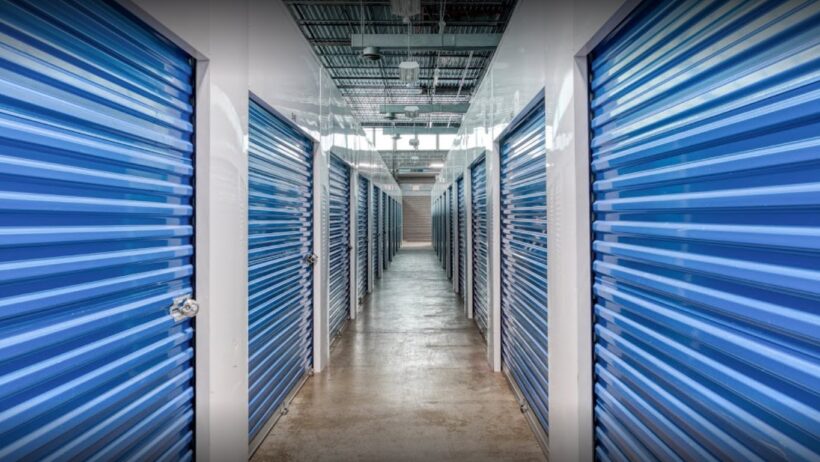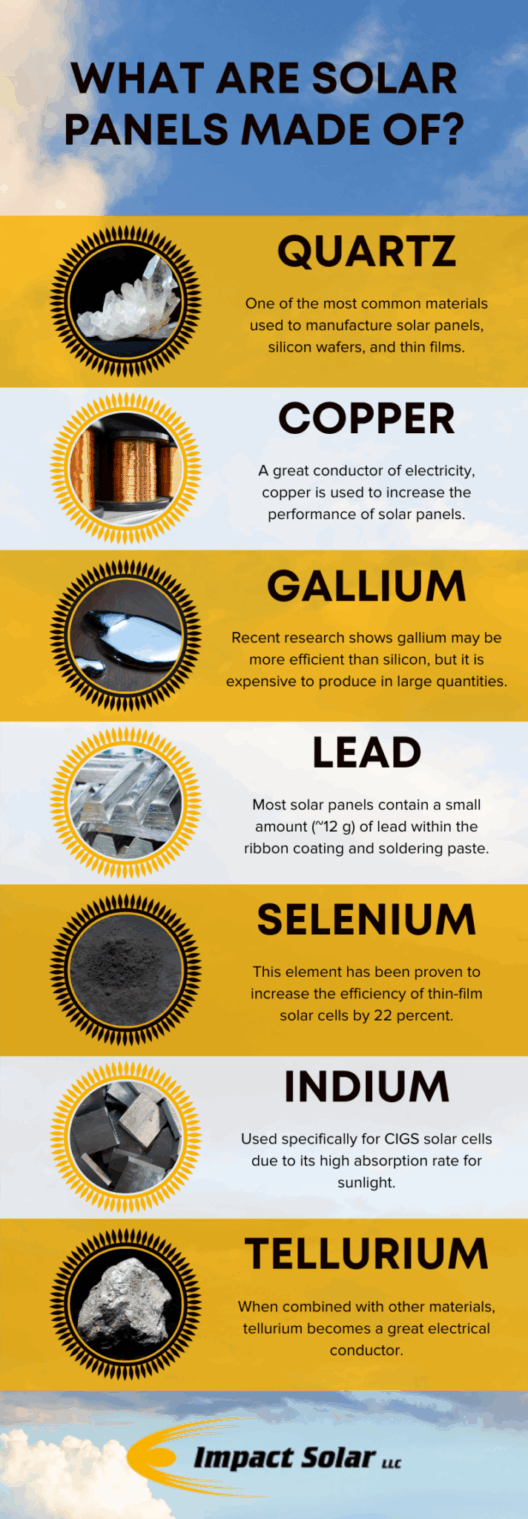When faced with the decision of whether or not to rent a climate-controlled storage unit, one might wonder: how much do comfort and cost truly matter in the long run? This query opens the door to numerous considerations surrounding the practicality and necessity of such units. Are you storing delicate items or merely bulky, robust belongings? Does the price tag evoke a sense of dread or is it merely another aspect of maintaining one’s possessions? Understanding these factors is crucial in making an informed choice.
The primary appeal of climate-controlled storage units is their ability to maintain a consistent environment. These units regulate temperature and humidity levels, creating a stable atmosphere for your items. The standard range typically hovers around a comfortable 55°F to 85°F, with humidity levels kept in check to prevent mold and mildew. For those storing sensitive items like electronics, musical instruments, or important documents, a climate-controlled unit can be the difference between preserving and ruining your possessions.
Let’s consider the valuable items most commonly stored. Family heirlooms, artwork, and vintage furniture are often irreplaceable. The materials that comprise these treasures—wood, fabric, and paper—can warp, crack, or become infested with pests if subjected to fluctuating temperatures and humidity. A climate-controlled environment provides not merely preservation, but peace of mind. Are you comfortable with the thought of losing something precious simply to save a few bucks?
While the allure of climate control is significant, the costs associated with such units cannot be overlooked. Generally, renting a climate-controlled storage unit can range from 20% to 50% higher than its non-climate-controlled counterpart. Considerations of budget often play a key role in the decision-making process. Is the peace of mind worth the financial implications? On average, a standard 10×10 climate-controlled unit might run between $100 to $300 per month, depending on the location and demand. However, without embarking on this financial venture, you risk detrimental consequences for your stored goods.
In stark contrast, a non-climate-controlled unit offers a more economical approach, enticing those who view storage as purely utilitarian. Such spaces are ideal for items that can endure the whims of the weather. Tools, outdoor furniture, or seasonal decorations are less susceptible to damage; thus, they may not necessitate climate control. However, negligence in selecting the appropriate storage type can lead to significant financial loss if items become damaged or destroyed. Will the few extra dollars spent on climate-controlled storage save you much more in regrets later on?
An additional factor in the climate-control debate is geographical location. Areas with extreme temperature shifts or high humidity levels naturally require more consideration. Residents in regions prone to harsh winters or sweltering summers should contemplate the effect of these conditions on their stored belongings. The insidious nature of heat and moisture can sneak up on even the most unsuspecting items. Have you ever tried to retrieve something only to find it irretrievably damaged? In such environments, climate-controlled units can serve as a fortress against the elements.
Moreover, another aspect that warrants attention is the duration of storage. Are you storing items long-term or just for a brief span? Short-term storage may allow for a more cavalier attitude towards temperature and humidity, particularly if you’re dealing with robust items. In contrast, long-term storage unequivocally leans towards the need for climate control. The longer items remain in an uncontrolled environment, the greater the risk of deterioration. This leads to another question—what is the cost of losing your belongings compared to the investment required for proper storage?
Furthermore, consider the convenience factor. Climate-controlled units often come with additional features—such as drive-up access, enhanced security, and better overall maintenance. Facilities providing climate control usually take greater care in their management. This attentiveness reflects a commitment to preserving your assets and maintaining their integrity. If you value convenience and accessibility, is it worth sacrificing for a lower price?
The utility of climate-controlled storage extends beyond merely storing your possessions. It offers a shield against environmental adversities, ensuring that your belongings are cared for and protected. It becomes a sanctuary that respects the time, money, and memories invested in your items. However, this peace of mind is accompanied by a higher price tag—thus requiring judicious decision-making.
As the debate continues, whether to invest in climate-controlled storage ultimately hinges on the individual’s needs, priorities, and financial considerations. Do you advocate for the preservation of essential and valuable items at any cost? Or do you lean towards frugality with the risk of potential loss? Regardless of the choice you make, understanding the implications of storage options and respectful stewardship of one’s belongings is paramount. In the end, your comfort and your costs will shape the decision that lies ahead.







